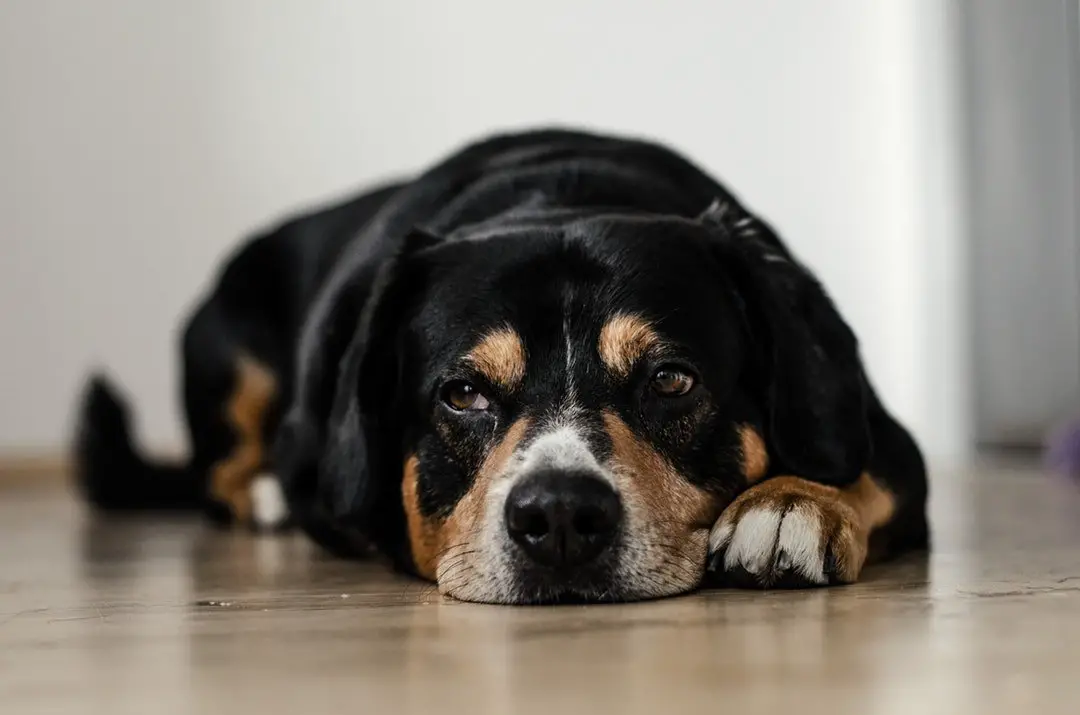Do Your Part to Relieve Dog Anxiety After Moving to New House

Do you count yourself among the multitude of Americans who love dogs? The percentage of American households owning a pet dog has climbed to 57%, marking a significant rise from the figures reported in 2012.
With close to 35.5 million Americans moving each year, it’s logical to conclude that their dogs are making the move with them.
Yes, you can take your pet with you when you move! If you are considering moving with a dog, you need to make some accommodations.
Moving is stressful for everyone involved, including your dog. Here’s how to help a dog adjust to a new home and to relieve dog anxiety after moving.
How To Alleviate Dog Anxiety After Moving to a New Home
Dogs are very sensitive and will take their cues from you. So…if you are anxious about your move and new surroundings, you can be sure it will rub off on them. Let’s look at some ways to keep things as normal as possible for your best friend.
1. Don’t Freak Out
No matter how stressful the move is on you humans in the household, try to remain calm. Make a plan for a smooth transition so that when you arrive at your new home, all will be well. No need to freak out!
2. New House, New Room
When moving dogs to a new home, give them their own room to get used to when you first move in.
Give them all of their “stuff” and let them get comfortable in that one area before exploring the rest of the home. The room will feel like a home base for them.
3. Keep the Same Routine
If you normally let your dogs out first thing in the morning, feed them, and then walk them, keep that same routine in the new home.
A change in surroundings should not be combined with a change in routine. They need to feel like things are the same even though the location has changed.
4. Pack All of Your Dog’s Belongings
While you might be thinking “out with the old, in with the new”, it’s not a good idea just yet. The scent of your dog’s old blanket, bed, and favorite stuffed animal will comfort your dog during what can be a stressful time period.
Anything you can surround them with that has a familiar scent will help make them feel at home.
5. Be Prepared for Behavioral Changes
Some undesirable behaviors may show up as a result of stress. Your dog may hide under the bed, forget his potty training, or bark more. If you prepare yourself for these changes, you’ll greet them with more patience than you would otherwise.
Give your dogs lots of love and attention, even dog calming treats can work, they will bounce back fairly quickly.
Moving with Your Dog?
Now you’ve learned the steps and doggy tips to take when dealing with dog anxiety after moving.
We at Bulldogology can offer advice on everything from relieving dog anxiety to housebreaking your new puppy.
